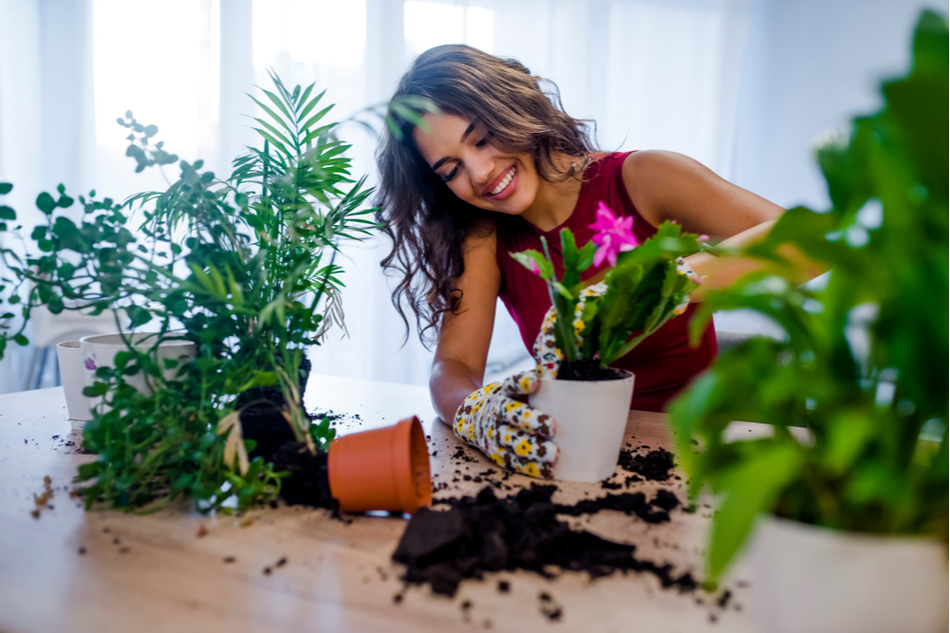When someone brings up the term “green thumb,” chances are certain people we know come to mind, but do we actually know what the term means? Here’s what plant experts want you to understand about what it means to have a green thumb.
What it means to have a green thumb
According to Miriam-Webster’s dictionary, an individual with a green thumb (or green fingers in the UK) has the “unusual ability to make plants grow.”
The first written records of the term come from a 1907 article in the Leicester Chronicle newspaper publication in England by Ms. O’Conor Eccles that reads:
“…My friend has what old countrywomen call ‘a Green Thumb,’ that is to say, the gift of making anything and everything grow… Plants will endure liberties at her hands which a less affectionate, though more scientific gardener could not attempt.”
The way in which the term is used also indicates that those with green thumbs don’t just have a knack for cultivating plants, but that they have a special bond with them and probably spend a lot of time with them as well.
The modern use of the word doesn’t stray very far from how people used it over a century ago. If someone calls you a green thumb today, it probably means they’re complimenting your natural skill with plants.
Is it a real thing?
Like most skills, some people may seem to have a natural ability to master gardening with more ease than others, but according to Lively Root horticulture expert Debbie Neese, nobody is born with a green thumb. “I think it comes down to the right plant, right place, right tools, and instruction,” she explains.
How to develop your green thumb
If you’re determined to develop a green thumb, then here are some tips straight from the experts that will help your thumb get greener and greener every day.
Choose greenery that fit your lifestyle
Think about your day-to-day life. If you work from home and have a schedule that allows you to dote on high-maintenance indoor plants, then go ahead and challenge yourself with something like maidenhair ferns and Calathes.
If you’re more of a busy jet setter, then Neese suggests starting with low-maintenance plants like the ZZ plant or snake plant. For outdoor flowers, cosmos, celosias, and marigolds are a good place to start.
Know your conditions
If you want to start an outdoor garden, then familiarize yourself with your USDA Plant Hardiness Zone. Indoor plant parents, on the other hand, should ask themselves questions about their indoor space. “Do you have a brightly lit area that has indirect light or medium-light in a humid room? Is there any cold/hot air blowing on the area where the plant will go? These are all conditions to be aware of,” Neese says.
Once you are familiar with your environment, then you can choose the most appropriate homes for your plants, trying your best to replicate the plant’s native environment as much as possible.
High-humidity homes would be a great space for moisture-loving tropical plants like ficus audrey and golden pothos, while dry spaces are better for desert plants such as succulents.
Check-in with your plants often
Spend some quality time with your greenery so that you can get better at figuring out what your plants may need. Feel your plant’s soil, take note of its leaves, and any new growth or changes. Getting to know your plant will make it easier to spot problems like root rot or mites.
Keep the right tools on hand
The right tools are especially handy if you’re a beginner plant parent, by taking the guesswork out of it. Water meters, for instance, give you a read of your plant’s soil moisture levels and will help make sure that you don’t overwater or underwater it.











